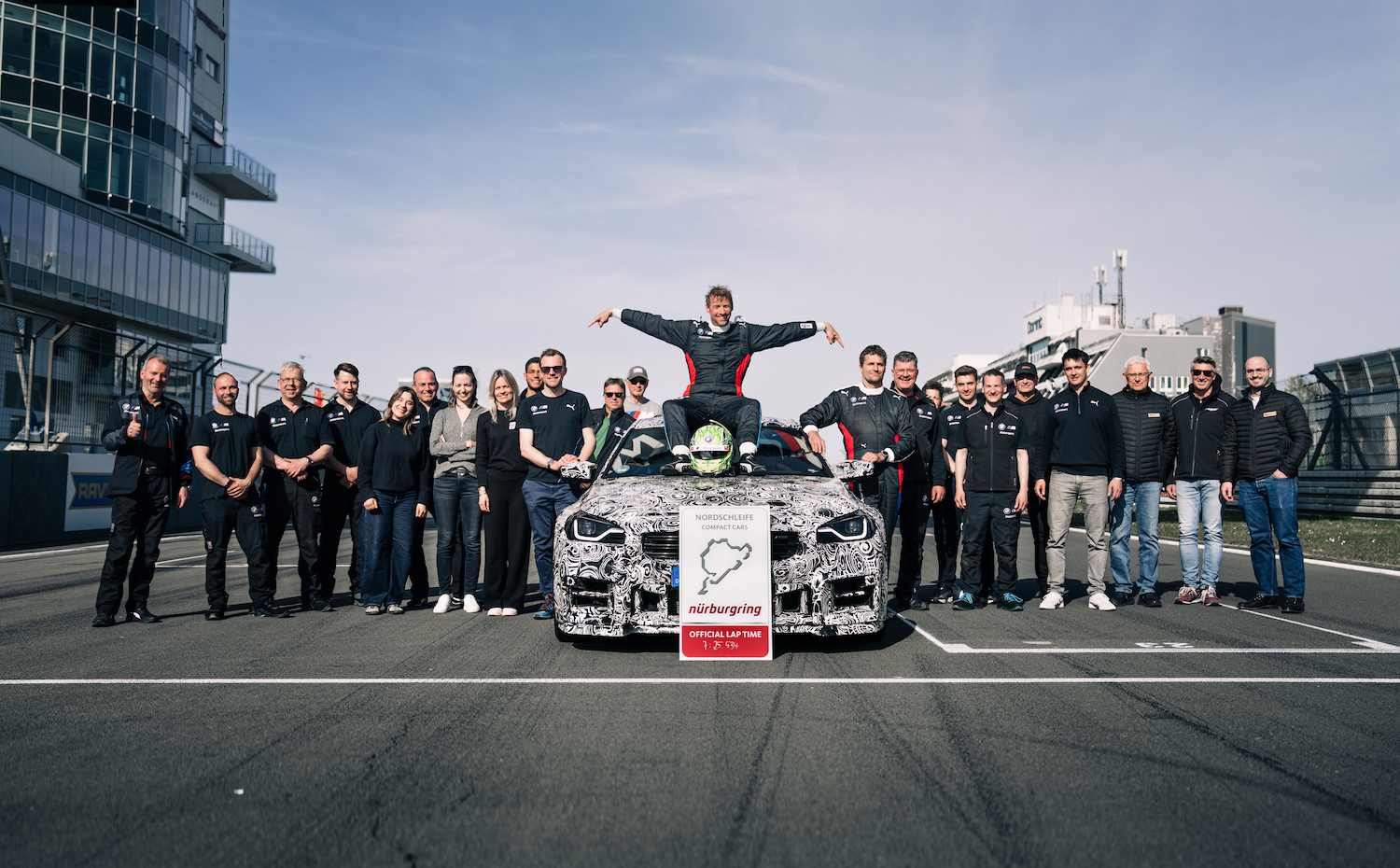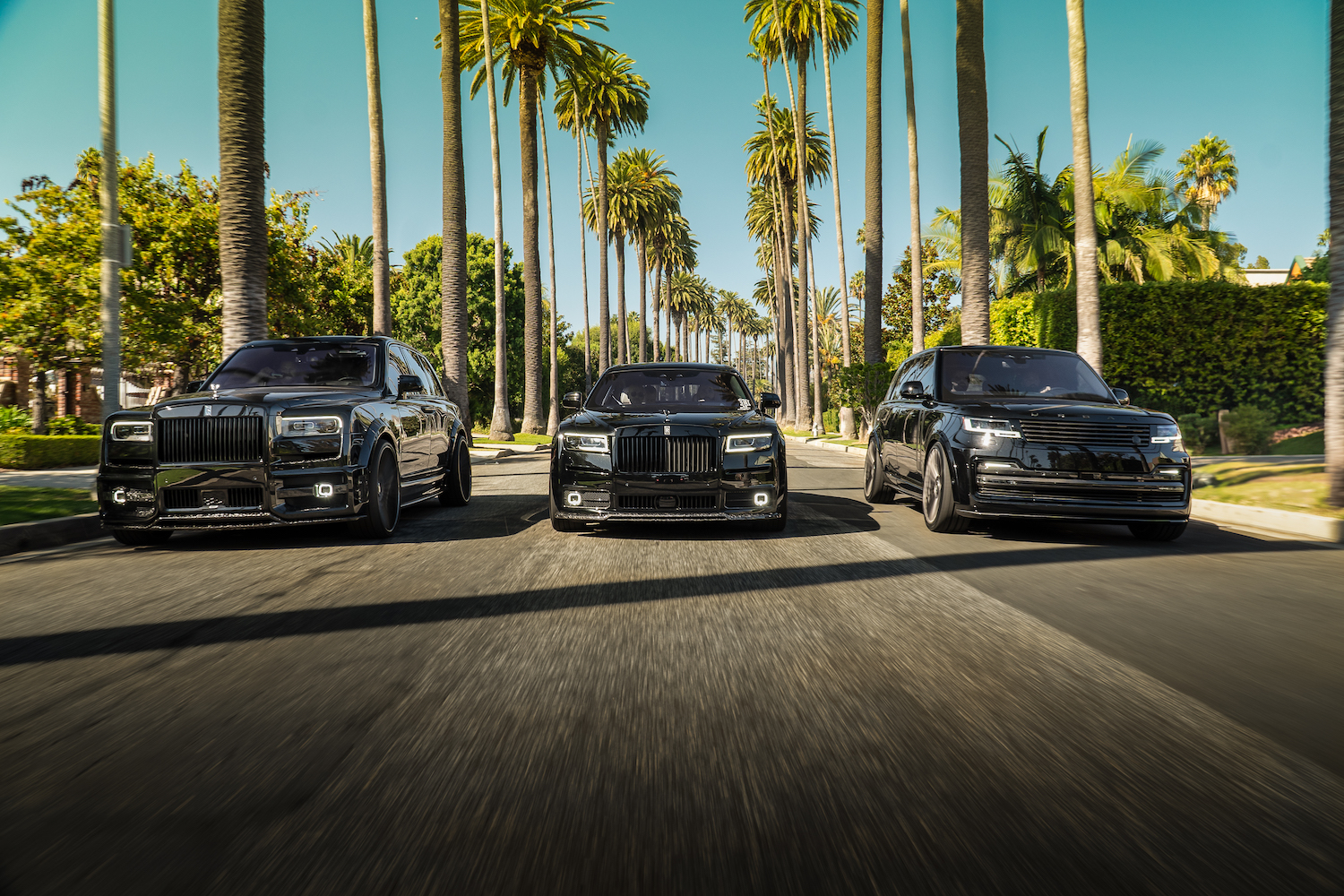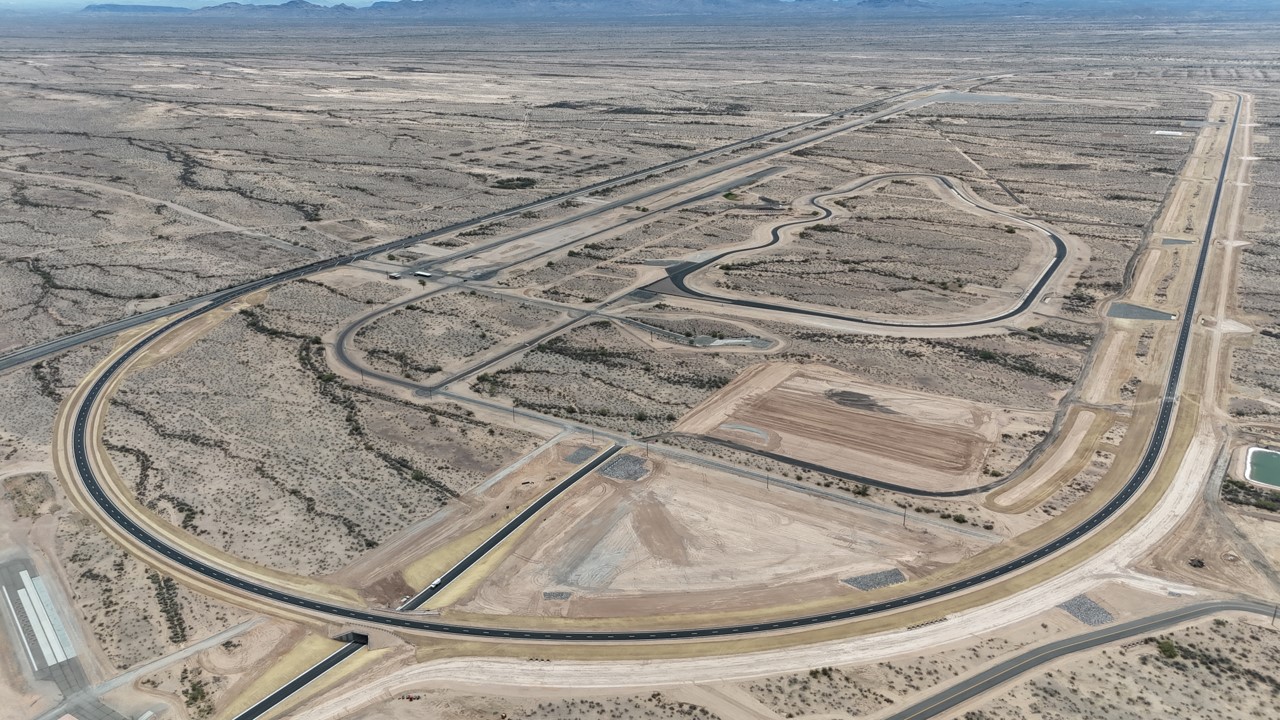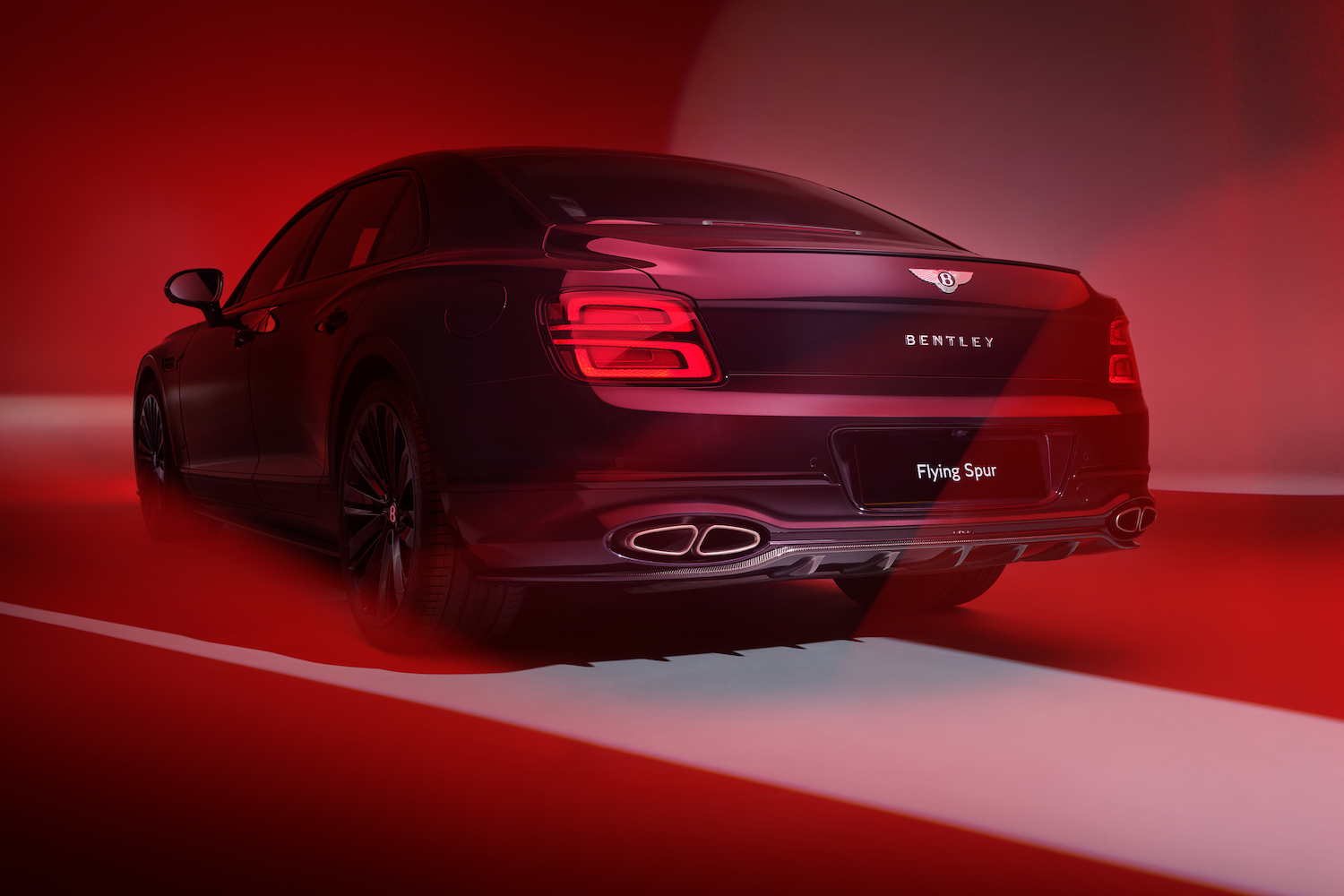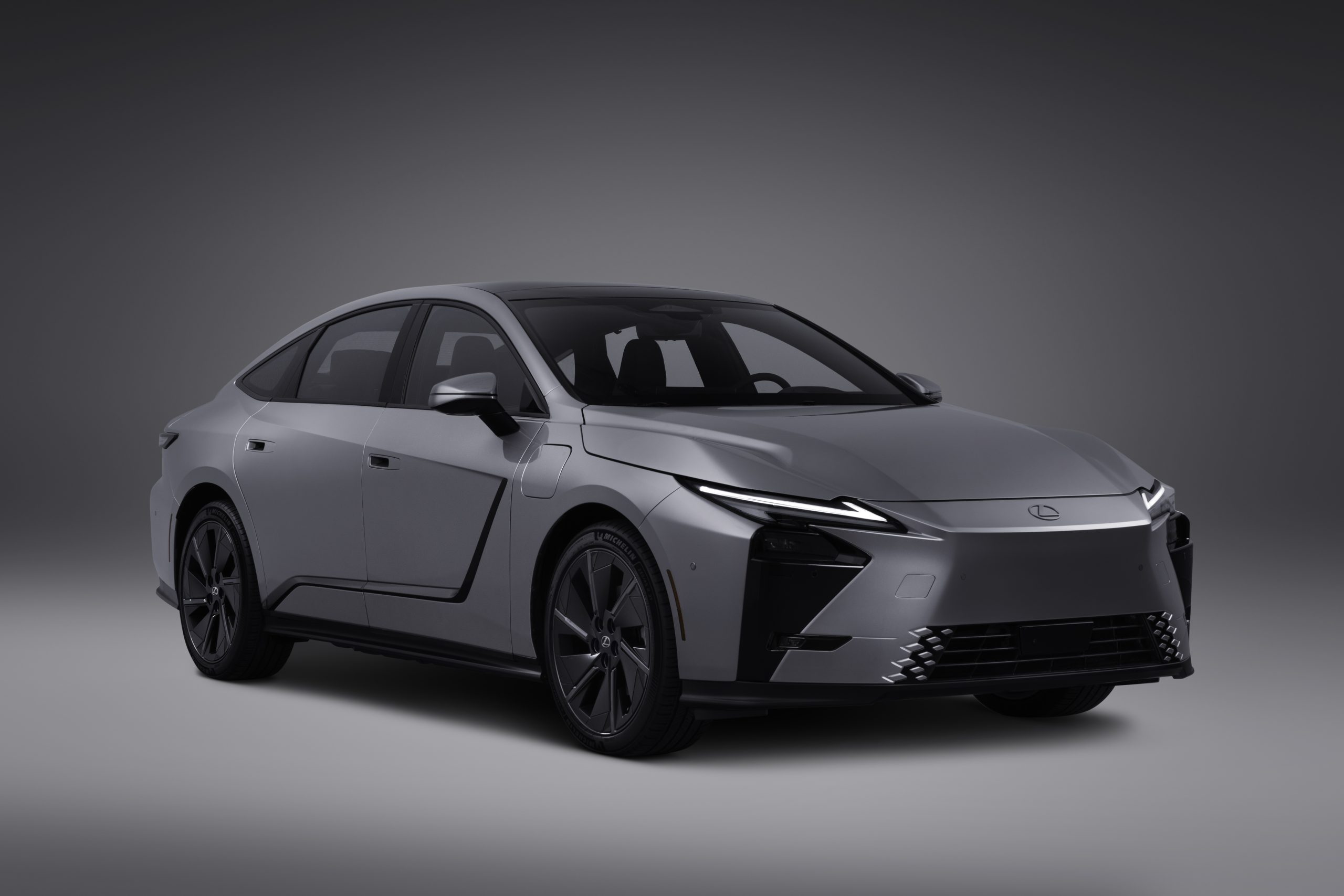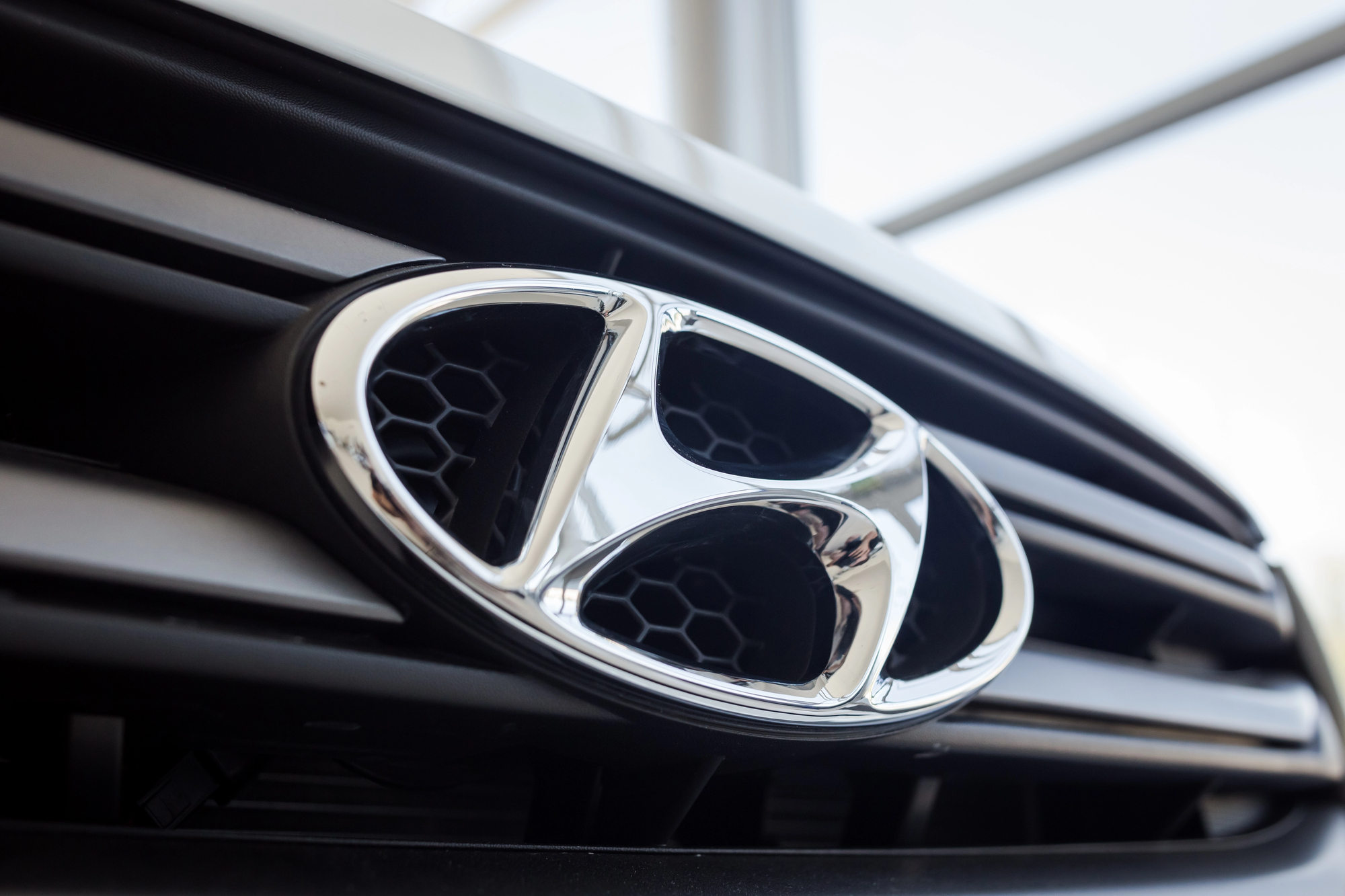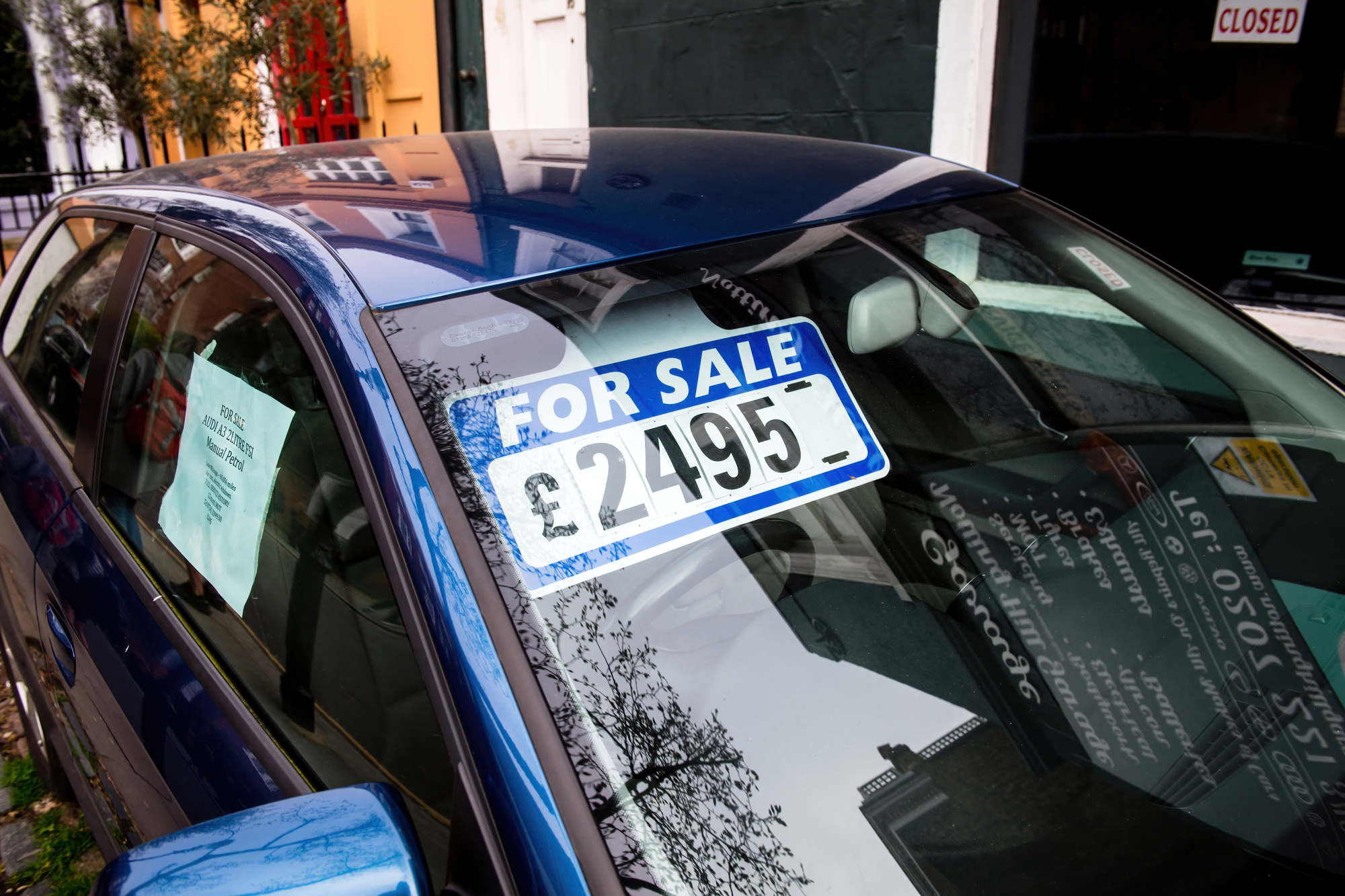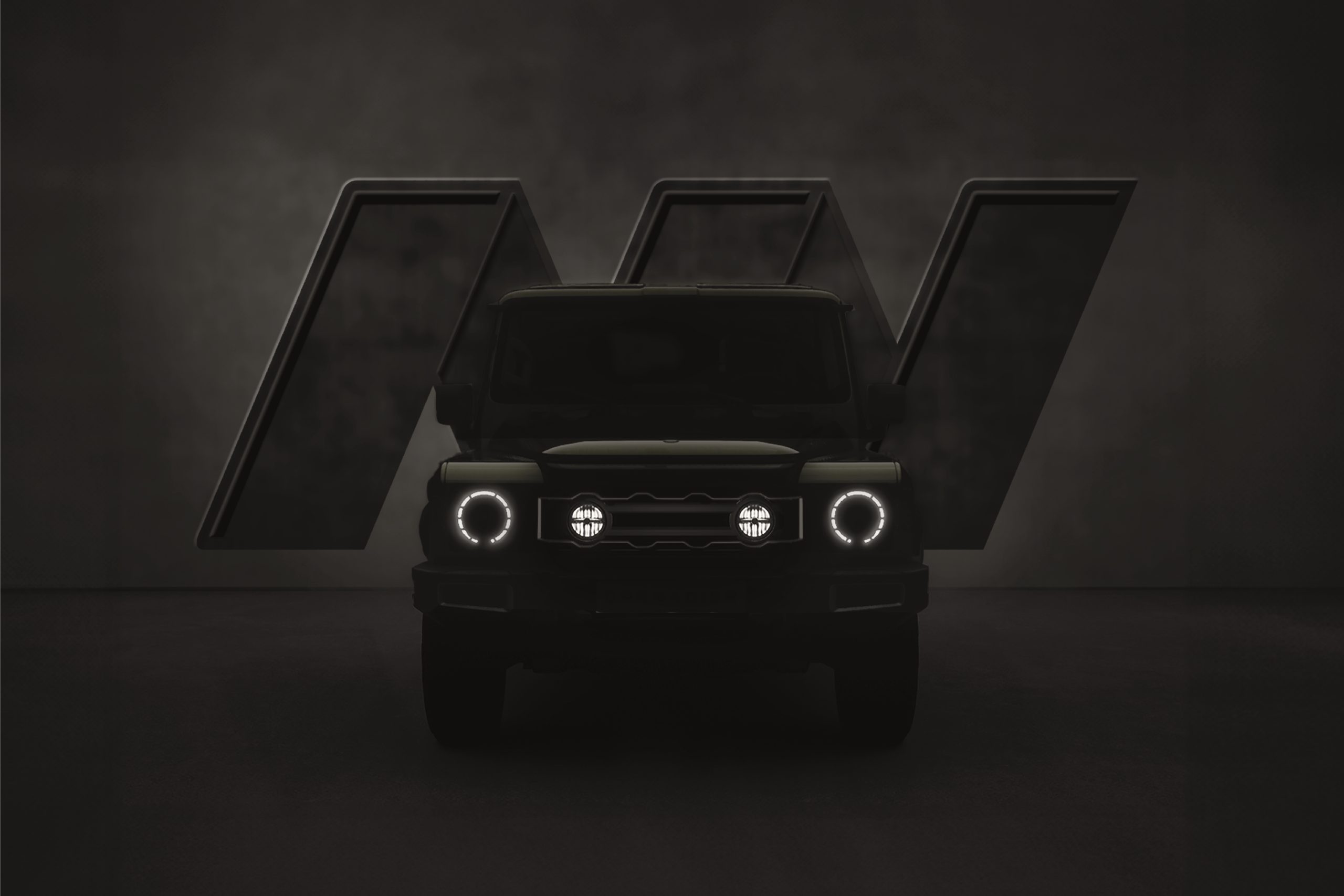All-electric Volkswagen ID.7 Pro S covers 794 km on one battery charge

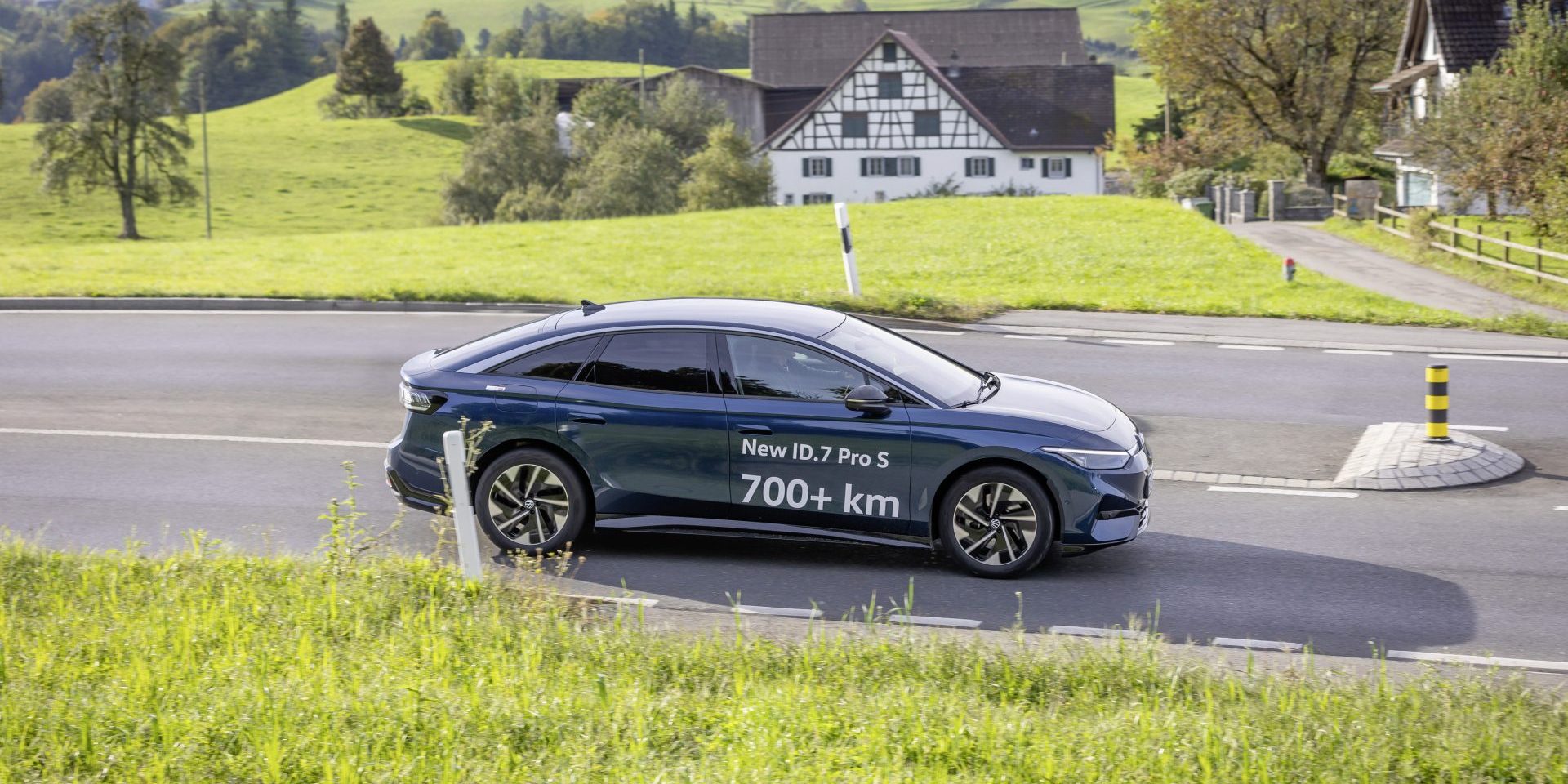
Driving the new all-electric ID.7 Pro S1, the Volkswagen Team Switzerland headed by project lead Felix Egolf, an expert in long-distance driving with electric cars, successfully covered a total of 794 kilometres (493 miles) with a single battery charge in a net driving time of 15 hours and 42 minutes. This significantly exceeded the tested model’s maximum WLTP range (combined) of up to 709 kilometres (440 miles). The comfortable touring saloon was driven on public roads and in normal traffic flow throughout the entire daytime journey.
The vehicle was driven on an approximately 81-kilometre circuit in the Zug metropolitan area south of Zurich.
The route profile was in line with everyday driving and included main through-roads, motorway sections and country roads with hilly transitions. Eight different drivers covered a total of 794 kilometres in two consecutive days on just one battery charge. This is roughly equivalent to the route from Basel to Emden in northern Germany, where the ID.7 is built. The average consumption was an exceptionally low 10.3 kWh/100 km. In comparison, the lowest WLTP value of the model is 13.6. Converted to diesel, the average consumption achieved corresponds to only about 1.1 litres per 100 km.
The range of 794 km was driven during the day in normal traffic flow in the middle of last week – with an average speed of 51 km/h. The remaining range displayed was two kilometres. Another interesting detail: the model driven was not the most range- favourable equipment variant of the ID.7 Pro S. According to WLTP calculations, the vehicle, which features optional equipment such as the Comfort package, IQ.DRIVE assist systems package, Plus exterior package and a heat pump, would have reached a WLTP range of 700 km4.
Driving as far as possible with as little consumption as possible. Extremely energy- efficient driving is Felix Egolf’s field of expertise; he is a so-called hypermiler. In 2020 and 2021, the Swiss driver completed two record-breaking drives in the ID.3: once, he significantly exceeded the theoretical range of the ID.31st from Zwickau in Saxony (Germany) to Schaffhausen (Switzerland) by covering 531 km. In the second record attempt with a larger battery, the ID.3 Pro S5 managed a total of 602 km on a single charge – across 15 Alpine passes and with 13,000 metres of altitude.
ID.7 Pro S – efficiency champion in the model series. Thanks to its new efficiency drive and excellent aerodynamics (drag coefficient of 0.23 depending on equipment), the ID.7 Pro S is economical on the road. Depending on optional equipment, a combined WLTP consumption of 16.2 to 13.6 kWh/100 km was determined for the ID.7 Pro S. With the most range-favourable equipment, the WLTP range is up to 709 km. The charging times are short: In 10 minutes – the time needed for a coffee break – energy for approx. 244 km flows into the battery at 200 kW6 charging power; in about 26 minutes it is charged again from 10 to 80 per cent.
The optional Electric Vehicle Route Planner in the ID.7 is also helpful – this calculates an optimum route taking into account the current battery charge and the available charging stations along the route. It shows the driver the best charging points and plans the necessary charging stops to make the journey efficient. It also takes real- time traffic data into account to find the fastest and most convenient route.
1) ID.7 Pro S – Combined power consumption 16.2-13.6 kWh/100 km; combined CO2 emissions 0 g/km; CO2 class: A
2) Range determined on the rolling road test bed in accordance with the Worldwide Harmonized Light Vehicles Test Procedure (WLTP) in the most range-favourable equipment variant. The actual WLTP range values may differ depending on the equipment. The actual range achieved under real conditions varies depending on the driving style, speed, use of comfort features or auxiliary equipment, outside temperature, number of passengers/load, topography and the ageing and wear process of the battery
3) The stated net battery energy content is a typical battery value, regardless of the vehicle. It is determined with a constant load profile under defined boundary conditions and takes into account the full range of battery energy content that can be used in the vehicle until the vehicle comes to a standstill. The actual discharge energy may differ from this because it depends on the specific driving profile and the battery temperature. The homologated range specification according to the WLTP legislation corresponds to the usable discharge energy for a new vehicle.
4) ID.7 Pro S with equipment – Combined power consumption 13.8 kWh/100 km; combined CO2 emissions 0 g/km; CO2 class: A
5) ID.3 Pro S – Combined power consumption 16.4–15.6 kWh/100 km; combined CO2 emissions 0 g/km; CO2 class: A
6) Maximum possible charging power. Different charging stations can differ in their charging behaviour for the same kW output. In addition to the kW output of the charging station, the maximum charging current also has an influence on the amount of energy flowing. Furthermore, the ambient and battery temperature as well as the state of charge influence the maximum possible charging power. The specified maximum charging power is determined under WLTP conditions at a temperature of approx. 23° C and a state of charge of five per cent or more. If these variables change, the charging power may also deviate from the standard specification.


